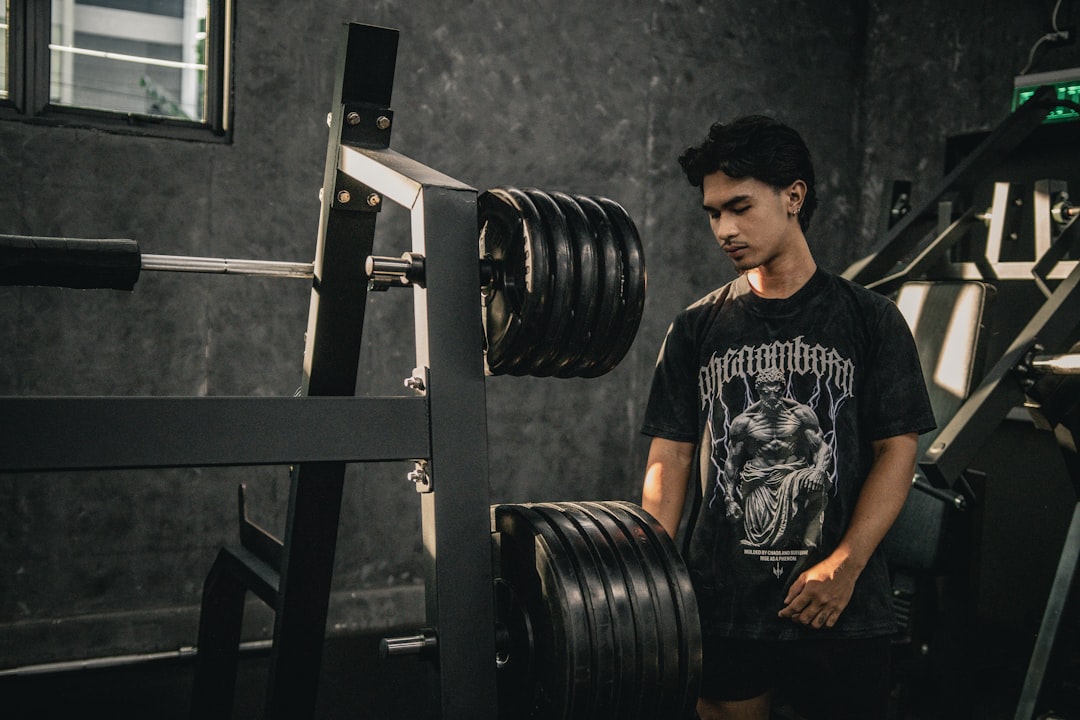Muay Thai is one of the most recognized martial arts globally, known for its power, precision, and strategy. However, long before Muay Thai evolved into the modern sport we know today, there existed a more ancient and raw form of it: Muay Boran. While they share roots and techniques, the differences between the two are profound and fascinating, reflecting centuries of cultural evolution, warfare, and sport.
TL;DR: Muay Boran is the ancient predecessor of Muay Thai, designed for battlefield combat with fewer rules, more lethal techniques, and often a more theatrical style. Muay Thai, developed in the 20th century for competitive sport, is more refined, rule-bound, and suited for ring fighting. The differences highlight a transformation from martial art to sport, each with its unique strengths and traditions. If you’re interested in history, technique, and the evolution of combat arts, understanding the relation between the two is truly enlightening.
Origins and Purpose
Muay Boran (translated as “ancient boxing”) dates back centuries and was developed mainly for self-defense and military use. Practiced by Siamese warriors, it wasn’t just for self-protection but also for close-range combat during wartime. This martial art emphasized crippling opponents efficiently and quickly.
In contrast, Muay Thai began evolving in the early 20th century when Thailand started formalizing various local fighting styles and standardizing rules for sports competition. As a result, many deadly techniques were removed or modified to conform to safety standards, making it more suitable for professional sports and entertainment.
Differences in Technique
While both arts use the “eight limbs” of elbows, knees, fists, and shins, their application can be significantly different. Here’s how:
- Muay Boran: Utilizes a broader range of techniques, including grapples, headbutts, joint locks, and throws. Many moves are designed to injure or incapacitate opponents immediately, making them unsuitable for modern sports.
- Muay Thai: Focuses on efficiency and control. While powerful, it emphasizes timing, speed, and precision within a rule-based framework. Clinch fighting is refined and scored differently than the aggressive grapples of Muay Boran.
For example, while Muay Thai involves controlled elbow strikes aimed at scoring points or knocking out an opponent, Muay Boran might involve upward elbows designed to shatter the chin or downward elbows meant to disorient or disable someone in a life-or-death scenario.

Philosophy and Attire
Muay Boran carries a profound cultural and spiritual significance. Fights were not only physical contests but also included ceremonial aspects tied to Buddhism and Thai animistic beliefs. Fighters performed elaborate dances known as Wai Khru or Ram Muay to pay respect to teachers and spirits before combat, a tradition still seen in Muay Thai today but often shortened.
In terms of clothing, Muay Boran practitioners traditionally wore loincloths (\chong kraben\) and no gloves, sometimes wrapping their fists in hemp ropes (called “Kaad Chuek”), which made punches significantly more dangerous.
Muay Thai fighters, on the other hand, wear standardized shorts, boxing gloves, and compete under regulated conditions. The pageantry remains, but much of the spiritual depth has been streamlined for modern sports culture and global appeal.
Rules and Regulation
Muay Boran was never a regulated sport in the modern sense. Traditional fights had limited rules and were often fought bare-fisted or with rudimentary hand wraps. Methods were brutal, and matches could end in severe injury or death.
Muay Thai, however, follows strict regulations regarding permissible moves, ring dimensions, protective gear, and scoring systems. This transformation brought Muay Thai to the global stage, making it both safer for participants and easier to understand for audiences.
Key regulated elements in Muay Thai include:
- No strikes to the groin or eyes
- No headbutts
- Mandatory boxing gloves
- Only trained referees can declare a winner or stop a match
Training Styles and Conditioning
Despite its traditional nature, Muay Boran required rigorous physical and mental conditioning. Training often included weapon defense, traditional yoga-like flexibility routines, and the mastering of multiple striking arts. While rare today, some academies incorporate ancient training tools like striking banana trees or conditioning using sandbags filled with gravel.
Muay Thai training is more sport-specific and includes pad work, sparring, bag work, shadow boxing, and an intense cardiovascular regimen. The focus lies in speed, accuracy, and ring awareness—essentials for competitive fighting.

Modern Revival of Muay Boran
With the rise of cultural pride and interest in traditional martial arts, there has been a renewed effort in Thailand to preserve and teach Muay Boran. Various branches of the Thai government and private institutions have supported efforts to document, teach, and even integrate Muay Boran into modern curricula.
However, due to its inherent lethality and impracticality for sport, Muay Boran remains largely demonstrative or practiced for heritage and fitness rather than competition. Some moves have even been integrated into modern self-defense systems and military training around the world.
Global Perception and Influence
Muay Thai has achieved global renown, becoming a foundational discipline in MMA (Mixed Martial Arts) due to its effectiveness in striking. Countless gyms across every continent offer instruction, and world-class fighters regularly emerge from countries far outside of Thailand.
Muay Boran, on the other hand, remains more obscure. It is sometimes showcased in cultural presentations, historical reenactments, and martial arts festivals but is rarely practiced outside of specialist circles and heritage schools.
Which One Should You Learn?
This depends entirely on your goals:
- If you’re looking to compete professionally or get involved in the MMA world, Muay Thai is without a doubt the more practical option. Its system is structured, widely taught, and applicable in various contexts.
- If you’re passionate about martial arts history, traditional martial cultures, or self-defense, a study of Muay Boran can offer you a unique and rich experience. Many moves, philosophies, and concepts offer insights not commonly found in modern disciplines.
Some enthusiasts even pursue both, using Muay Thai as a base and exploring Muay Boran to deepen their knowledge and expand their technique set.
Conclusion
Though closely related, Muay Boran and Muay Thai serve different purposes and reflect different eras in Thai martial culture. One is a traditional battlefield art filled with devastating techniques and cultural rituals; the other, a powerful and regulated sport that has captured the imagination of fighters around the world. Each has its value, history, and role in the broader martial arts landscape.
Whether you’re interested in the brutal efficiency of ancient warriors or the calculated strategy of professional fighters, exploring both can offer an enriching understanding of not only martial techniques but also the cultural journey of combat through the ages.



